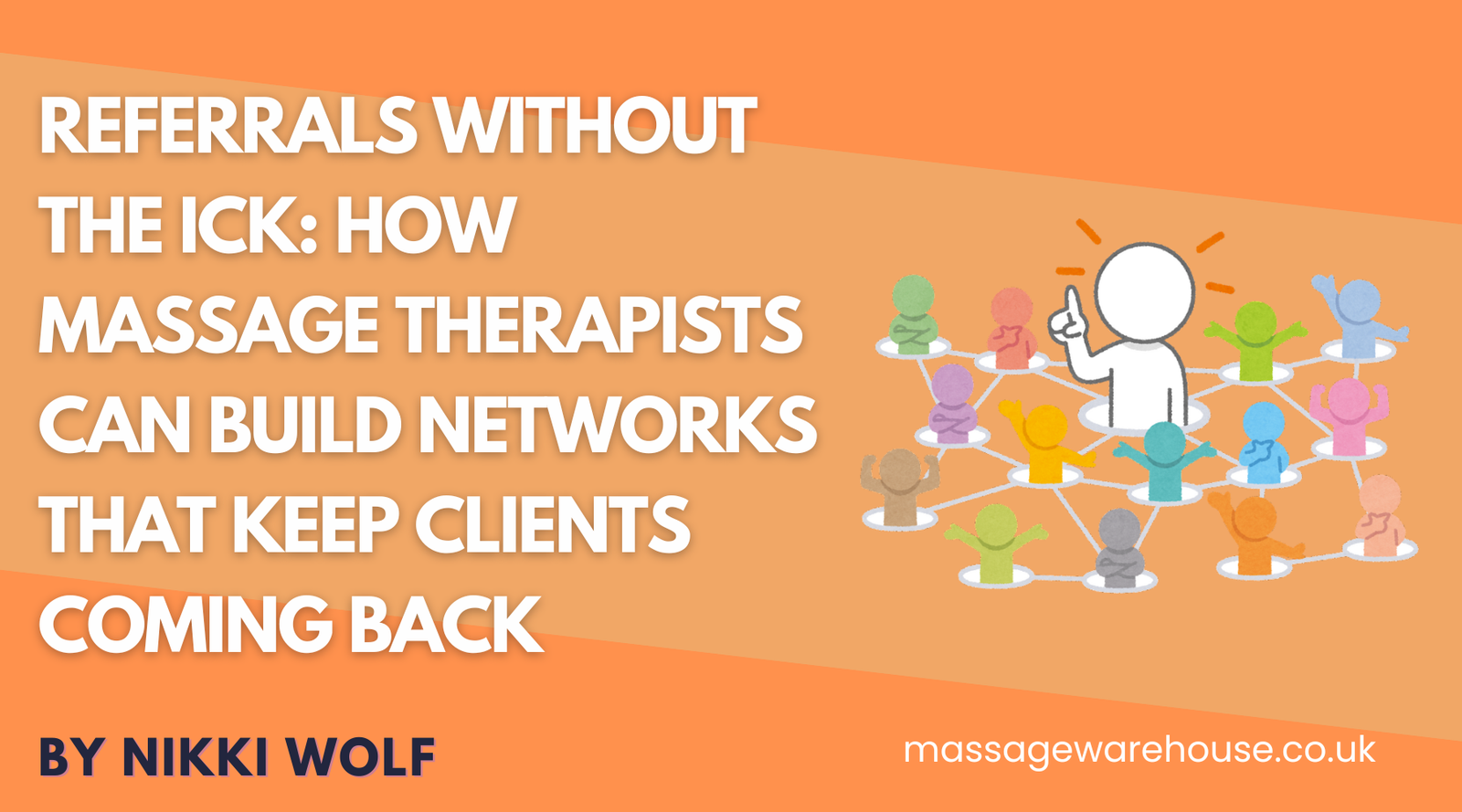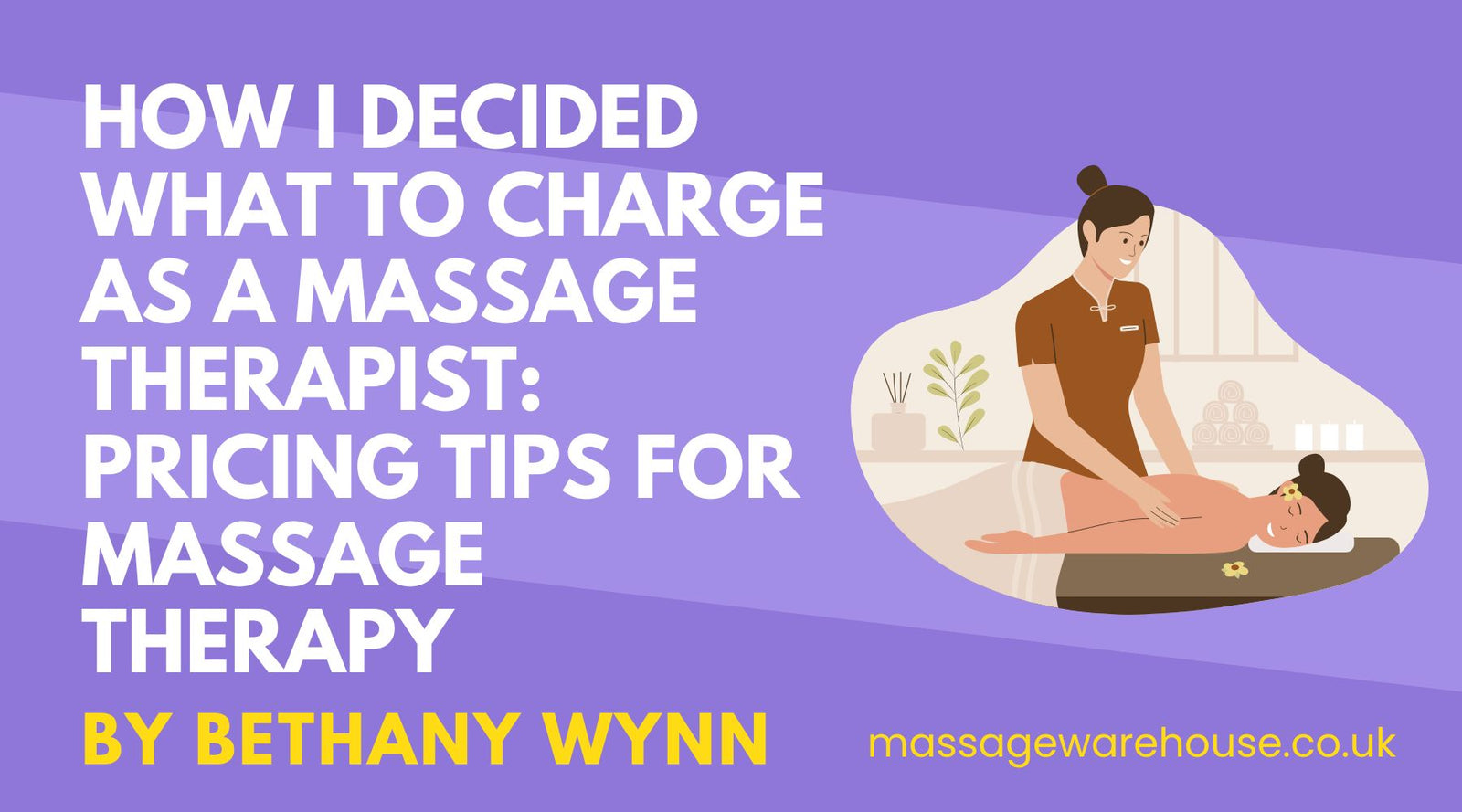Your Cart is Empty
Speedy delivery, as always. I just love the songbird waxes. They’re great for massage, & reflexology. Customers always enjoy the aroma.
Bought a replacement head rest and head support for my massage table really pleased with my purchase much more stronger.
I purchased this as replacement for my previous table warmer which finally gave up the ghost after 10 years+ service. My clients are so happy to have this back on my bench! At first I didn’t think it was working as you can’t really feel the warmth unless you are lying on it but my clients quickly assured me that it works a treat and provides a comfortable level of warmth more so than my old one which could get too hot. I particularly like that this model also has a timer setting so I have the assurance that it is turned off even if I forget to do it! The only thing I find frustrating is that it doesn’t fit very snugly on my bench and would benefit from have a strap around the middle so it could be tied in place as it does slip around when dressing the table with covers and linens but apart from that, this is good value and my clients love it, which is the most important thing!
Have used massage warehouse a few times. Never had any issues, prompt service, easy transaction. Great range of products at a good price.
This is my second set I’ve bought now as I really love them. They wash well and I now use the big sheet instead of towels which I find easier on the client and easier to wash and dry. Would definitely recommend









